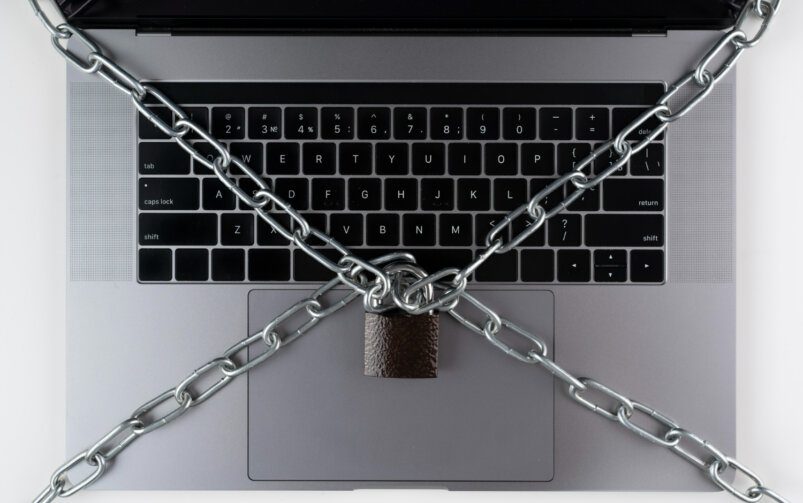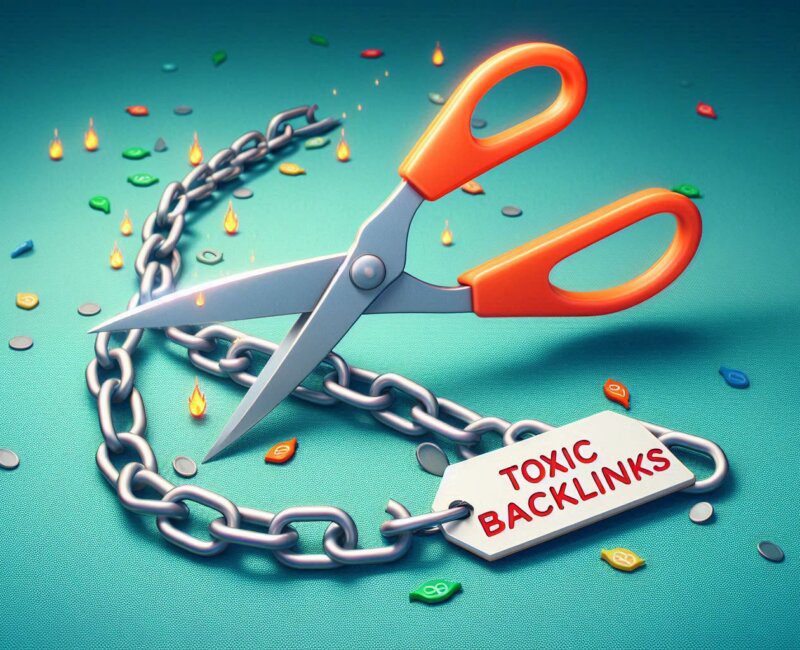
Have you ever tried to visit a website only to encounter a message stating that access is forbidden? If so, you’ve likely encountered a “403 Forbidden” error.
A “403 Forbidden” error is a common issue faced by web developers and site owners. Unlike the familiar “404 Not Found” error, which signals that a page no longer exists, a 403 error indicates that access to the requested resource is restricted.
This error can be particularly frustrating for website owners, as it prevents users from reaching crucial parts of the site. This can result in lost traffic, missed business opportunities, and potentially harm your site’s reputation.
In this article, we’ll explain the 403 Forbidden error, explore its typical causes, and provide you with actionable steps to fix it.
What is a 403 Forbidden Error?
A 403 Forbidden error is an HTTP status code indicating that you’re not permitted to access the requested resource. HTTP, short for HyperText Transfer Protocol, is the system your browser uses to retrieve and display web pages. In simpler terms, a 403 error means that the web page you’re trying to access has restricted content and you don’t have the necessary permissions to view it.
What Causes a 403 Error?
- File Permission Issues: Incorrect permissions for files or directories can prevent the server from allowing access.
- Misconfigured .htaccess File: Errors in the .htaccess file can unintentionally restrict access to certain parts of your site.
- Missing Index Files: If the root directory lacks an index.html or index.php file, the server may return a 403 error.
- Security Plugin Conflicts: Security plugins can sometimes block access on platforms like WordPress, resulting in a 403 error.
How to Fix a 403 Forbidden Error
Encountering a 403 Forbidden error can be frustrating, but there are several effective troubleshooting methods to resolve it. Below, we’ll guide you through a step-by-step approach to fix this issue.
Step 1: Start with the Basics
Sometimes, the simplest solutions are the most effective:
- Refresh the Page: The 403 error might be temporary, so try refreshing the page.
- Double-Check the URL: Ensure the URL is correct. Accessing a directory instead of a specific page can sometimes trigger a 403 error.
- Clear Your Browser Cache: Cached versions of pages may conflict with the current version, causing errors. Clear your browser’s cache to resolve any mismatches.
Step 2: Check File and Directory Permissions
File and directory permissions control who can read, write, and execute files on your server. Incorrect settings can result in a 403 error.
- Permissions Breakdown:
- Directories should generally have permissions set to
755. - Files should typically be set to
644.
- Directories should generally have permissions set to
Solution:
- Use an FTP client (like FileZilla) or your hosting provider’s file manager.
- Ensure that directories have permissions set to
755(owner can read, write, and execute; others can read and execute). - Make sure files are set to
644(owner can read and write; others can only read).
Step 3: Check the .htaccess File
The .htaccess file manages how your server handles requests. Errors or misconfigurations here can trigger a 403 error, especially if there are issues with URL rewrites or access restrictions.
Solution:
- Access your site’s root directory via FTP or your hosting file manager.
- Backup the .htaccess file before making changes.
- Open the file and check for any incorrect directives.
- If you’re unsure, try temporarily deleting the
.htaccessfile. If the error is resolved, recreate the file with default settings or carefully review its content.
Step 4: Verify Index Files Are Present
Web servers typically look for index.html or index.php files by default when accessing a directory. If these files are missing, a 403 error may occur.
Solution:
- Check the root directory to ensure an
index.htmlorindex.phpfile is present. - If you don’t plan to use an index file, adjust your server settings to allow directory browsing.
Step 5: Disable Security Plugins (For CMS Users)
If neither file permissions nor the .htaccess file are causing the issue, it could be related to your website’s security plugins. On platforms like WordPress, security plugins can sometimes be overly restrictive, blocking legitimate access requests.
Solution:
- Disable any security plugins temporarily by renaming their folder using FTP or your file manager.
- Check if the error is resolved. If it is, review the plugin settings or consider using less restrictive alternatives.
Additional Tips
If you’ve tried all of the above and are still encountering the error, it may be helpful to:
- Contact Your Hosting Provider: They can check server-level issues that may not be accessible to you.
- Consult a Web Development Professional: For persistent problems, a developer can conduct a deeper analysis and resolve more complex issues.
By following these steps, you can effectively troubleshoot and fix 403 Forbidden errors, ensuring your website remains accessible to users and runs smoothly.









